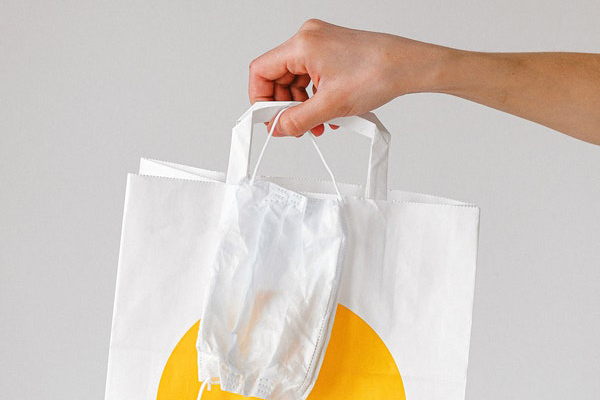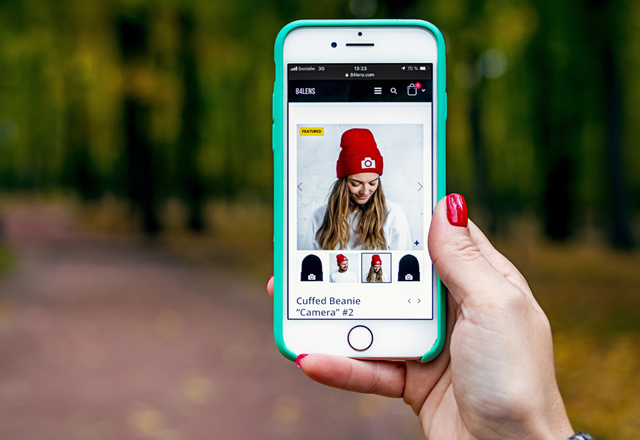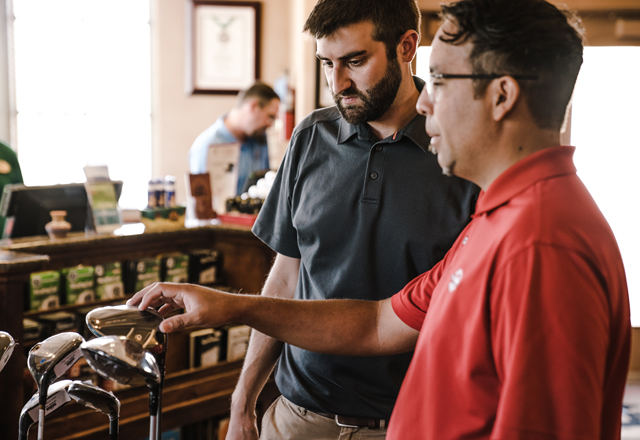
The anticipation of receiving that perfect order can be easily derailed by a poor product delivery experience.
The “ultimate” shopping experience depends on excellence from beginning—the order—to end, the delivery.
How quickly goods get from a warehouse to a customer depends on what’s called the “last mile” of the supply chain.
The efficiency of that final leg ultimately determines the customer’s satisfaction with the buying journey.
The Last-Mile challenge

Retailers face the challenge of managing their supply chains to keep delivery times short while keeping costs low.
Customers overwhelmingly opt for fast, free delivery when placing orders, which has led to a growing need for a broad distribution network, including warehouses.
Logically, such distribution centers should be in close proximity to the customers they serve.
CBRE Research analyzed the 15 largest U.S. metro areas and found that distances range from six miles in the San Francisco Bay Area to nine miles in the “Inland Empire,” a region east of Los Angeles County.
Not surprisingly, highly urbanized and dense population centers tend to be closer to last-mile facilities, while more suburban locations were farther away.
Proximity is important because customers expect fast delivery.
As Amazon continues to push the limits of logistics by offering same-day delivery, other retailers are expected to provide two-day delivery — at the latest. That final step in the delivery process is the most expensive and complex.
Gather and analyze logistics data

Companies collect so much data that it’s easy to suffer from information overload.
Gathering data is only the first step in understanding what is happening.
The real valuable information only comes to light after the analysis.
Put all of the “last leg” data in one centralized visual analytics tool, crunch the numbers to better understand the ins and outs of the last mile delivery process, and make regular adjustments as needed.
Offer Real-Time Delivery Tracking

Static tracking numbers are so last decade.
Invest in building or sourcing an app for your customers that tracks driver locations live and provides accurate ETAs, like the Uber of last-mile deliveries.
In addition, text messaging customers with updates on the delivery process creates a transparent process that supports a frictionless buying experience.
Many challenges associated with last mile delivery are outside of the retailer’s control, for example:
- The number of orders picked and packed daily
- The frequency that orders are picked up by the carrier
- The proximity of the warehouse to the customers
- The number of deliveries made daily
Many retail businesses partner with external fleets and use multiple carriers.
But there are ways to improve the “last mile,” and retailers can take more control of their business’s last mile logistics to identify inefficiencies quickly and improve their customers’ experience in a delivery-first world.












































